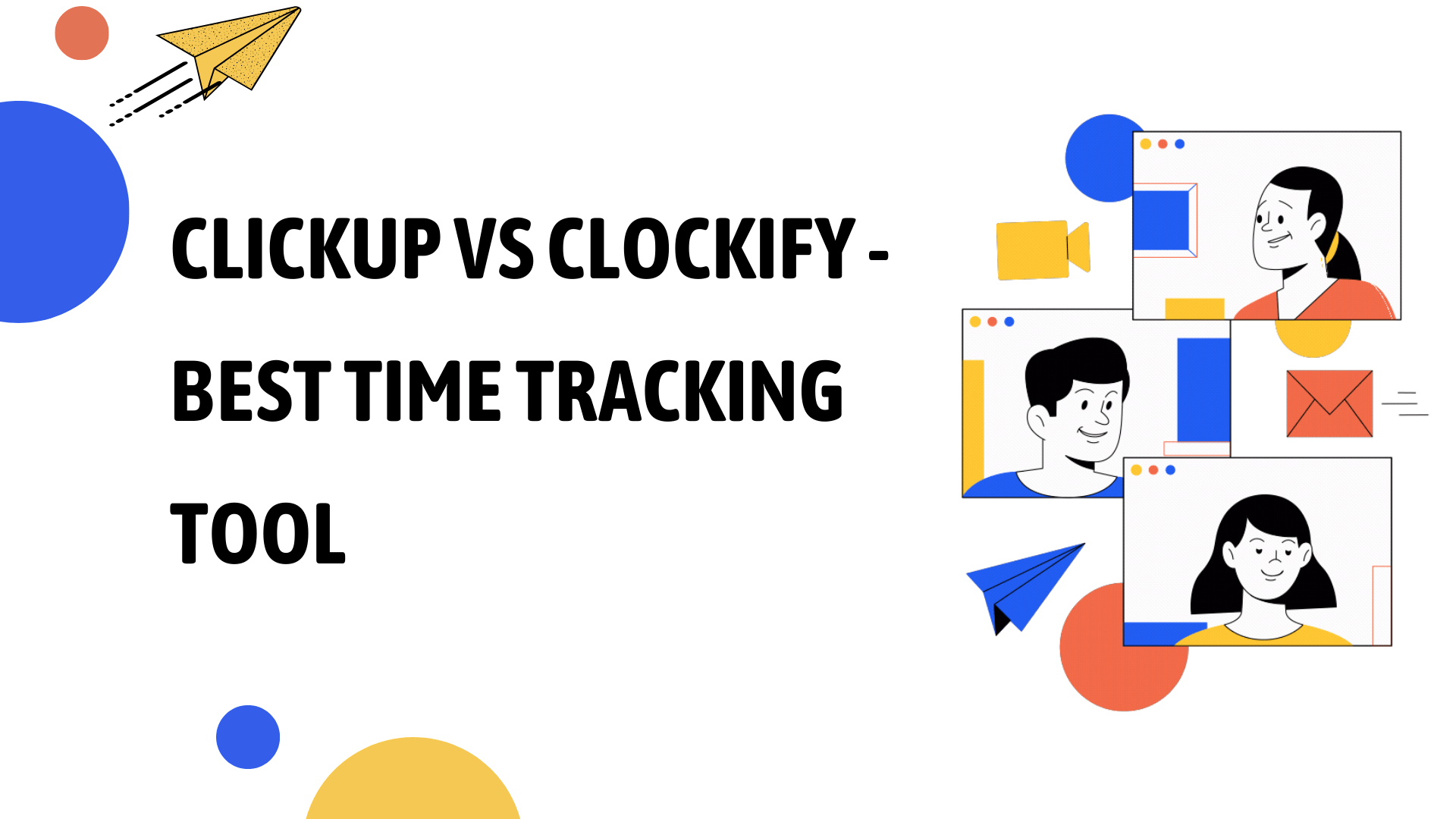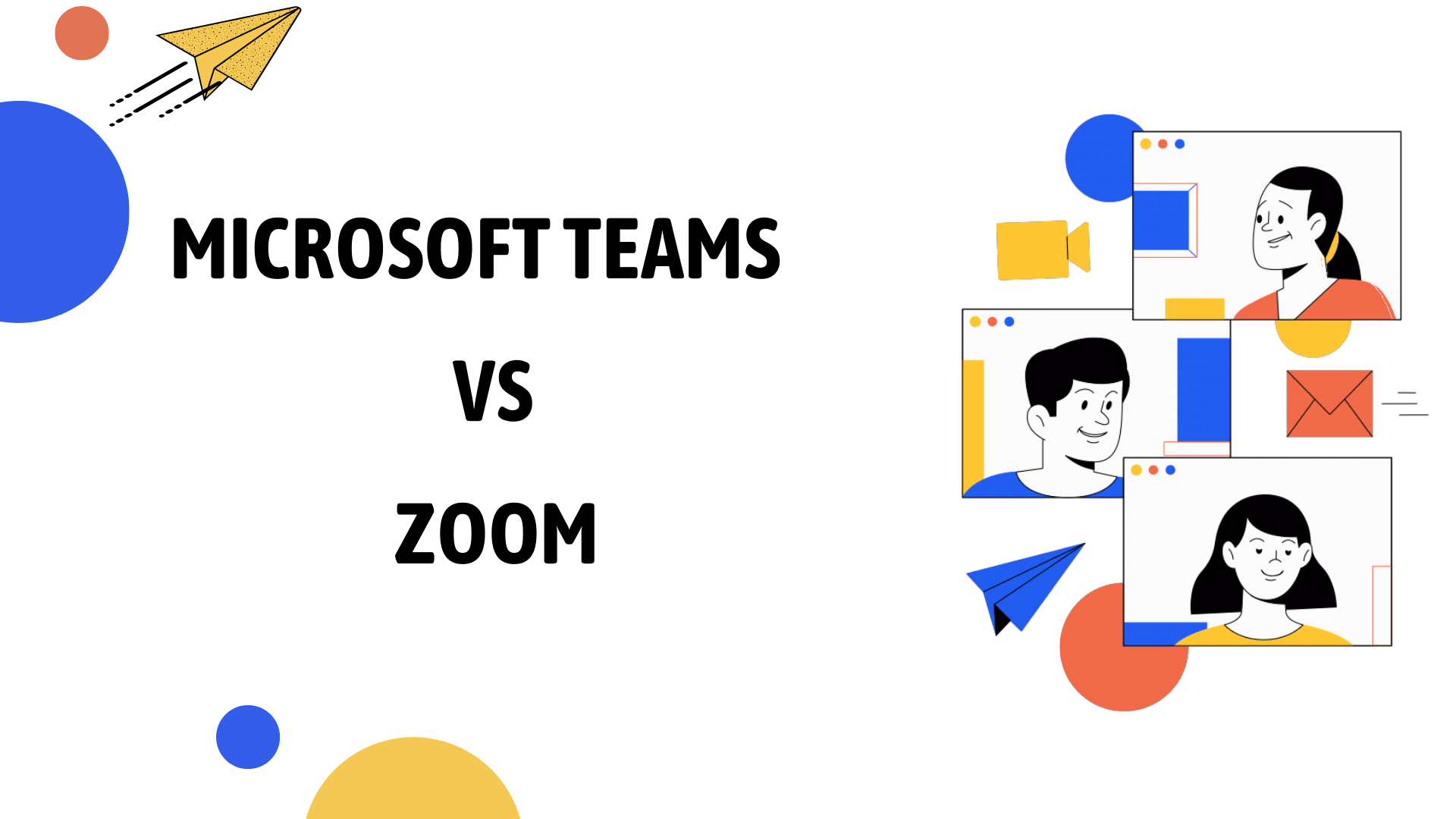Choosing the best image recognition software can be an overwhelming task, especially with the rapid advancements in AI technology. In 2024, image recognition software is more powerful and accessible than ever, offering solutions across industries like healthcare, retail, manufacturing, and security.
Whether you are a business leader, developer, or technology enthusiast, this guide will walk you through everything you need to know to make an informed decision about which image recognition software fits your needs.
What is Image Recognition Software?
Image recognition software refers to tools powered by AI that can identify objects, people, animals, scenes, or text from digital images. These systems use machine learning (ML) and deep learning (DL) algorithms to analyze images, classify them, and even make predictions based on what is captured in the image. The technology is often integrated into wider AI frameworks for automation, security, or operational efficiency.
Key Features of Image Recognition Software
When choosing the right image recognition software, understanding the essential features can help you pick a solution that aligns with your business needs.
| Key Feature | Description |
|---|---|
| Object Detection & Classification | Recognizes objects within images and categorizes them accurately, used widely in retail, healthcare, and manufacturing industries. |
| Facial Recognition | Identifies human faces in photos or videos, used for security, access control, or personalized marketing experiences. |
| Optical Character Recognition (OCR) | Extracts text from images and documents, critical for industries like finance, healthcare, and legal where document processing is key. |
| Image Segmentation | Breaks images into multiple parts for detailed analysis, improving accuracy in industries like medical imaging or autonomous vehicles. |
| Real-Time Processing | Processes images instantaneously for applications like autonomous vehicles, surveillance, or any other time-sensitive operations. |
| Cloud Integration & API Support | Supports cloud-based storage and API access, enabling easy integration with other business tools and scalable use cases. |
| Machine Learning & AI Integration | Continually learns from data inputs, improving accuracy over time and allowing for custom training for specific use cases like healthcare or retail. |
Who Uses Image Recognition Software?
Image recognition software is used across a variety of industries. Here’s a look at some common use cases:
| User Type | Use Case | Benefit |
|---|---|---|
| Retail | Product categorization, visual search, inventory management | Enhances customer experience with visual search; improves inventory accuracy and restocking. |
| Healthcare | Medical imaging analysis (e.g., tumor detection) | Increases diagnostic accuracy and speeds up analysis in critical cases like cancer detection. |
| Manufacturing | Quality control, defect detection | Automates product inspections, reducing human error and ensuring consistent quality in production. |
| Security & Law Enforcement | Facial recognition for surveillance, monitoring | Improves security by identifying individuals in real time, preventing potential threats. |
| Automotive | Autonomous vehicles, driver assistance systems | Enables real-time object detection for safer driving experiences and vehicle automation. |
| Finance | Document processing, fraud detection | Extracts data from documents for faster processing and identifies fraudulent activities visually. |
| E-commerce | Visual product search, personalized shopping | Improves customer experience with personalized suggestions and simplifies product discovery. |
Benefits of Image Recognition Software
Enhanced Accuracy in Visual Data Analysis
Image recognition software offers unparalleled accuracy when analyzing large volumes of visual data. This technology can detect patterns, objects, and anomalies with high precision, reducing human error in the process.
- Impact: Businesses can make better data-driven decisions, minimizing the risk of errors in sectors like healthcare, security, and manufacturing.
- Why It Matters: Enhanced accuracy improves operational efficiency and supports critical tasks such as diagnosing medical conditions, identifying security threats, and automating quality control in production lines.
Improved Operational Efficiency
By automating repetitive tasks such as image tagging, classification, and inspection, image recognition software significantly boosts productivity. It minimizes manual work, allowing employees to focus on more complex tasks.
- Impact: Automation accelerates workflows, reducing the time spent on manual image analysis or product inspections.
- Why It Matters: Increased operational efficiency means faster time-to-market, lower labor costs, and enhanced output quality, making businesses more competitive.
Scalability for Large Data Sets
Image recognition software can handle massive volumes of data quickly and accurately. It processes images in real-time or in batch mode, making it ideal for industries that generate significant amounts of visual data, such as retail, manufacturing, and healthcare.
- Impact: Businesses can scale their operations to handle growing data volumes without compromising on accuracy or speed.
- Why It Matters: Scalability allows companies to maintain high performance even as their data needs grow, supporting long-term growth and adaptability in dynamic markets.
Increased Security and Surveillance
Image recognition is widely used in security systems for facial recognition, object detection, and real-time monitoring. This application strengthens safety protocols in both public and private sectors.
- Impact: Enhances the ability to detect and respond to potential security threats in real-time, reducing incidents of unauthorized access or security breaches.
- Why It Matters: Improved security measures protect critical assets, data, and personnel, reducing vulnerabilities and instilling confidence in stakeholders.
Personalized Customer Experiences
In sectors like retail and e-commerce, image recognition software can analyze consumer behavior, identifying preferences based on their visual data (e.g., photos or product searches). This leads to more personalized marketing efforts.
- Impact: Businesses can deliver highly targeted content, increasing customer engagement and conversion rates.
- Why It Matters: Personalization is a key driver of customer satisfaction and brand loyalty, leading to improved sales and long-term customer retention.
Challenges of Image Recognition Software
While image recognition software offers immense value, it does come with challenges:
Data Quality and Bias
Image recognition software is highly dependent on the quality of training data. If the dataset is biased or lacks diversity, the AI system may struggle with identifying images outside of its training range, leading to inaccurate results.
- Impact: This bias can cause misidentification, particularly in sensitive areas like healthcare or security, potentially leading to incorrect diagnoses or wrongful identification.
- Solution: Use diverse and well-curated datasets to train the AI system and regularly update it to ensure accuracy and inclusivity in the recognition process.
High Computational Requirements
Image recognition algorithms, especially deep learning models, demand high computational power for training and deployment, which can be expensive and resource-intensive for small businesses.
- Impact: Organizations may face significant infrastructure and cost challenges in maintaining the necessary hardware and software for these systems to function effectively.
- Solution: Use cloud-based services or hybrid systems that reduce the burden of computational resources and lower overall costs while maintaining efficiency.
Dependency on High-Quality Images
The effectiveness of image recognition depends heavily on the quality of the input image. Poor image resolution, lighting issues, or obstructions can drastically reduce the software’s accuracy.
- Impact: Inconsistent or poor-quality images may lead to misidentifications, limiting the usefulness of image recognition software in real-world applications.
- Solution: Implement advanced preprocessing techniques to enhance image quality and use algorithms that are robust enough to handle variations in input quality.
Privacy and Ethical Concerns
The use of image recognition in surveillance and security raises privacy concerns. Unauthorized tracking, facial recognition without consent, and the potential misuse of personal data are major ethical issues.
- Impact: These concerns can lead to legal complications and a loss of trust among users, especially when dealing with sensitive personal data.
- Solution: Establish strict compliance with data privacy laws such as GDPR, and adopt ethical guidelines to ensure that image recognition is used responsibly.
False Positives and Accuracy Issues
Image recognition models are not always 100% accurate and can produce false positives or false negatives, particularly in scenarios where images are similar or have overlapping characteristics.
- Impact: False positives in security can lead to wrongful accusations or missed threats, while in healthcare, it can result in incorrect diagnoses.
- Solution: Use continuous learning and model improvement techniques, such as synthetic data generation and fine-tuning, to improve the accuracy of the software over time.
Alternatives to Image Recognition Software
For businesses not ready to adopt full-scale image recognition technology, there are alternatives worth considering:
| Alternative | Description | Best for |
|---|---|---|
| Manual Processing | Small businesses can process images manually when large-scale automation isn’t required. While time-consuming, it avoids the complexity of setting up advanced technology. | Best for small operations with limited image processing needs. |
| Barcode and QR Code Scanning | This method uses simple barcode or QR code systems for inventory management and identification. It provides a less complex solution than full-scale image recognition. | Best for inventory management in retail or small-scale logistics. |
| Third-Party Platforms | Companies like Google Cloud Vision and Amazon Rekognition offer image recognition as a service, allowing businesses to leverage advanced technology without the need to build infrastructure. | Best for businesses wanting to use advanced features without investing heavily in infrastructure. |
Cost of Image Recognition Software
The cost of image recognition software can vary significantly depending on your needs, company size, and deployment method (cloud vs. on-premise). Below are typical costs associated with adopting this technology:
- Cloud-Based Solutions: Subscription pricing models start as low as $100/month but can scale up to thousands depending on usage (e.g., number of images processed, API calls).
- On-Premise Solutions: These typically require a higher initial investment for hardware and licensing but offer greater control over data. Initial costs can range from $10,000 to $100,000 or more.
- Customization Costs: Many companies require tailored solutions, especially if operating in niche industries (e.g., medical imaging). Custom models and integrations can drive costs up significantly.
- Support and Maintenance: Ongoing costs for technical support, software updates, and infrastructure maintenance should be factored into the total cost of ownership.
How to Buy Image Recognition Software
Choosing the right image recognition software can feel overwhelming, but breaking it down into a step-by-step process can make it manageable.
Identify Your Use Case
Determine the specific problems you’re looking to solve. Is it automating document processing, improving security with facial recognition, or enhancing e-commerce customer experiences? Defining your needs upfront will help narrow down the options.
Evaluate Features
Look for solutions that provide the features necessary for your use case. Prioritize object detection, facial recognition, or text extraction based on your industry.
Test the Software:
Most vendors offer free trials or demos. Take the time to test the software to see if it meets your performance expectations and integrates with your current systems.
Compare Pricing Models
Evaluate whether a subscription-based model or an on-premise solution works best for your organization’s budget and scalability.
Assess Vendor Support
Ensure the vendor offers adequate support in terms of customer service, training, and documentation. This is particularly important if the software will be used by non-technical staff.
Implementation and Integration
Implementing image recognition software successfully requires careful planning and a strong understanding of your current infrastructure. Key steps include:
Data Preparation
The success of AI models depends on high-quality data. Ensure that you have a well-labeled dataset to train and optimize your model.
Technical Expertise
Depending on the complexity of your solution, you might need to hire data scientists or partner with AI consultants to assist with integration and ongoing management.
System Integration
Whether cloud-based or on-premise, ensure the software integrates seamlessly with your existing systems, such as CRMs, ERPs, or industry-specific tools.
Monitoring and Optimization
Continuously monitor the performance of your AI models. Image recognition software can degrade over time if not retrained with new data, so periodic fine-tuning is essential.
Latest Trends in Image Recognition Software
Keeping up with the latest trends can help you future-proof your investment. Here are the key trends in image recognition for 2024
| Trend | Description | Impact |
|---|---|---|
| Improved Multimodal AI | Multimodal AI systems that combine text, image, and video processing are increasingly prevalent, allowing for richer data analysis and more comprehensive AI systems. | Enables more accurate and versatile image recognition across multiple types of content. |
| Real-Time Analytics | The growing demand for real-time data processing has driven platforms to offer real-time image recognition, particularly in industries like automotive, security, and retail. | Enhances decision-making by providing instantaneous insights in critical environments. |
| Augmented Reality Integration | Image recognition technology is being integrated into augmented reality (AR) applications, such as virtual try-ons and 3D product views in retail. | Improves customer engagement and offers new interactive experiences, especially in e-commerce and entertainment. |
| Edge Computing | Advances in edge computing now allow image recognition software to be deployed locally, reducing latency and improving response times for real-time applications. | Increases efficiency in real-time applications such as autonomous driving and smart surveillance. |
| Bias Mitigation | Developers are actively working to reduce bias in AI models, ensuring that image recognition software performs accurately and fairly across different demographics. | Improves the ethical use of AI and ensures more equitable outcomes in image recognition applications. |
Conclusion
Choosing the best image recognition software in 2024 requires understanding your specific use case, evaluating the key features, and balancing cost considerations. Whether you’re in retail, healthcare, or manufacturing, image recognition technology can streamline your operations, reduce costs, and improve decision




